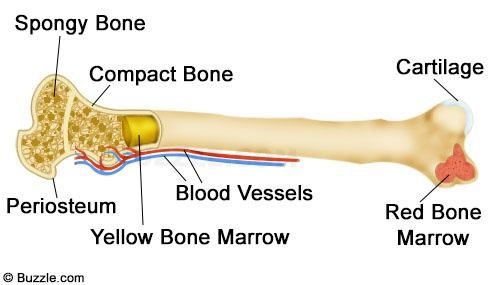Science of the Arts With Stock | Camera Obscura
Aim : Find out about the camera obscura and improve my skills for the Arts Kete
- What is the camera obscura?
- How does it work?
- Is there a way to make one at home or at school?
Fun Fact - The camera obscura is Dark Chamber in Latin.
How to make a Simple Camera Obscura
Equipment -
Equipment -
- Cardboard
- Marker
- Ruler
- Tracing Paper
- Cheap Magnifying Glass Lens
- Pen
- Craft Knife
- Strong Tape
Lens
Before you start making the actual camera, you will need to find out the focal length of your lens. Here is how to find that out -
1. Find a room that has light coming into a window, or a flashlight and a white wall opposite it.
2. Take your lens and put it a couple of centimetres away from the wall. If you go backwards and forwards, you will see the sharpness of the shadow change.
3. Adjust the sharpness of the shadow by moving it, and find the sharpest point.
5. Keep your hand still and measure with a ruler the length from the wall to the lens.
The distance is what your focal length is. Once you have found out your focal length, times that number by 2. This is how wide your box should be. For example, if the focal length is 30cm, Box = 60cm wide. The height of the box shouldn't matter too much, just as long as it is higher than the length of the lens.
Camera
1. Cut out the cardboard to size depending on your focal length.
2. Tape or Glue the cardboard pieces together to create a tube.
3. Trace the bottom of the tube onto another piece of cardboard to get a bottom piece.
4. Mark and cut out a hole for the lens on the bottom piece.
5. Tape the lens in place.
6. Tape or Glue the bottom piece to the tube.
7. Cut another tube that is half the length of the one you just made, and tape it together.
8. Trace the bottom of the smaller tube onto tracing paper and cut it out.
9. Cut the corners out of the tracing paper you just cut, and tape it onto the small tube.
10. Place the smaller tube into the larger tube.
Trying it Out
1. Point the camera onto your subject.
2. Look into the tube.
You will see an upside down image that is being projected onto the tracing paper.
Tip : To focus, slide the smaller tube forwards and backwards to find the right spot.
There are other designs to do a camera obscura, but this one is a very simple one.
There are other designs to do a camera obscura, but this one is a very simple one.
Video tutorial -
The focal length of my lens - 15cm
Length of the box- 30cm
My experiment went very well, and better than I expected. While researching how to make this, I thought this would be a hard task, but managed to get it done.
Here are the results -
The Camera
The Lens
The Pictures I took -
The camera obscura makes the pictures turn upside down.
Here is what it looks like when it is turned upside down.
Here are some other pictures I took
The camera obscura is a simple but amazing camera. It is basically a box, or depending on how big you build it, a chamber, that is very dark. The box has a lens, or a pinhole, and light travels through it. When the light travels through, and reflects on the paper.
The Science behind the Camera Obscura -
How does it work? -
The camera works by using light. When you point the camera/lens at a subject, the lens picks it up, bends it, and reflects the light inside, onto the paper.
Why is the picture upside down?
Since the lens we use is super small, when light travels into it, the light rays get bent, turning the image upside down.
What I have found out -
To make the image clear and bright, before you make the camera, you will need to find the focal length of your lens. I have also found out that the box you use needs to be dark. If any light that gets in that is not needed, it will ruin the image.
Learning about the Camera Obscura has been amazing. It has made me understand the history of the camera even more better. To my surprise, I have also found out that this method is still used in DSLR camera lens. I got open my lens, and checked the inside of it. What I found was a pinhole, and a mirror to reflect the light. This is very similar to what the Camera Obscura is.
Before I did this experiment, I did not think it would work. If it could work, I figured that it would cost a lot of money to do. This experiment proved me wrong!
What I could work on next time is to get better measurements. The box was just a little too short, and it was difficult holding the whole thing. I would also try to add a mirror inside to reflect it up so that the image isn't upside down.
I definitely enjoyed this experiment / project. It taught me a lot of things, and it was very fun. It has definitely improved my understanding of Photography, and has taught me to appreciate the history of it.






















